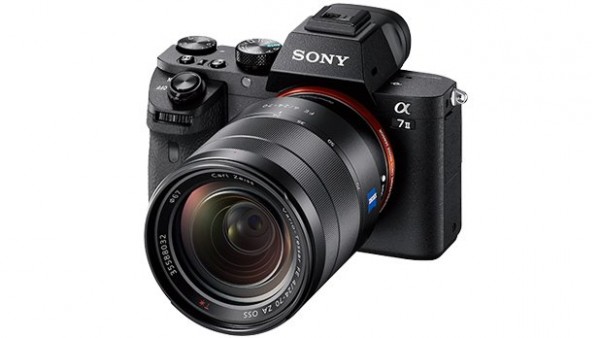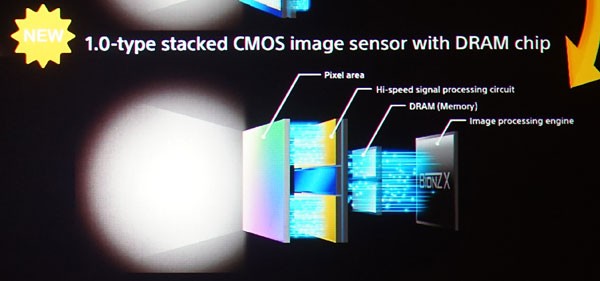
E3 aside, where Sony had what some are already calling the best press conference of all time, Sony Electronics has been busy as well with new cameras. Just last week, the Sony RX100 IV was unveiled which features a world first 1-inch stacked CMOS sensor which offers 40x super slow motion which allows you to record movies up to 960fps or super-high-speed 1/32000 sec. which is ideal for sporting events and moving targets.
Alongside the RX100 IV, Sony also unveiled the A7R II, a 42.4-megapixel back-illuminated Exmor R full-frame CMOS sensor powered monster of a camera. After the event, Sony sat down for some interviews where they discussed topics like uncompressed RAW, 4K video, and why 42-megapixels was selected over say a more round number like 50-megapixels.
Those answers after the jump.

The following are answers from Kimio Maki, Senior General Manager, Digital Imaging Business Group, Sony Corporation.
On the subject of choosing 42-megapixels as the sensor threshold for the A7R II:
It is [a] small [benefit from BSI]. Let me explain about why we chose this size. I didn’t decide on 42 megapixels first, then the sensor was created. When we created these devices, I prioritized … I don’t like to lose sensitivity, compared to the 36-megapixel [sensor], right? And also, I really wanted to realize 4K movies. They have to read/write faster, right? So 4K movies had to just fit, and also ISO sensitivity should be better than 36-megapixel sensors. So how many pixels is the best pixel size? Let’s calculate it! That was the process. From that, the conclusion was that 42-megapixel was the best pixel size to realize 4K movies…
In short, 42-megapixels would allow the camera to achieve the desired ISO sensitivity for great photos and enough pixels for native 4K content. This of course then begs the question, which is more of a marketing ploy than a functional one, but why not 45-megapixels or 50?
Yeah, 45 or 50, it’s very clear for people. But actually, the engineers said “if you prefer 50, you have to lose sensitivity.” And also, that number doesn’t fit 4K movie at all.

With all that glorious resolution comes the topic of RAW which can be a sensitive one for Sony fans. As it stands, cameras like the A7R II offer 14-bit RAW support which is compressed. While of little difference to the average consumer, professionals want to get every drop of quality they can from their camera.
Sony RAW is compressed, not uncompressed. But if we’re getting a lot of requests for it, we should make such a kind of no-compression raw. Of course we recognize that. But I cannot give you a guarantee when we’re going to fix or not fix.
When pushed about the subject
Sure, sure. And so we recognize the customer’s requirement, and actually we are working on it.
Mr. Maki went on to say that uncompressed RAW is currently a software limitation and not a hardware one, indicating that the feature could come in the future for all users via a firmware update. You can read the full and highly informative interview between Mr. Kimio Maki and Mike Tomkins from our source link.
Discuss:
What features would you like to see Sony improve on their Alpha line?
[Via Imaging Resource]
